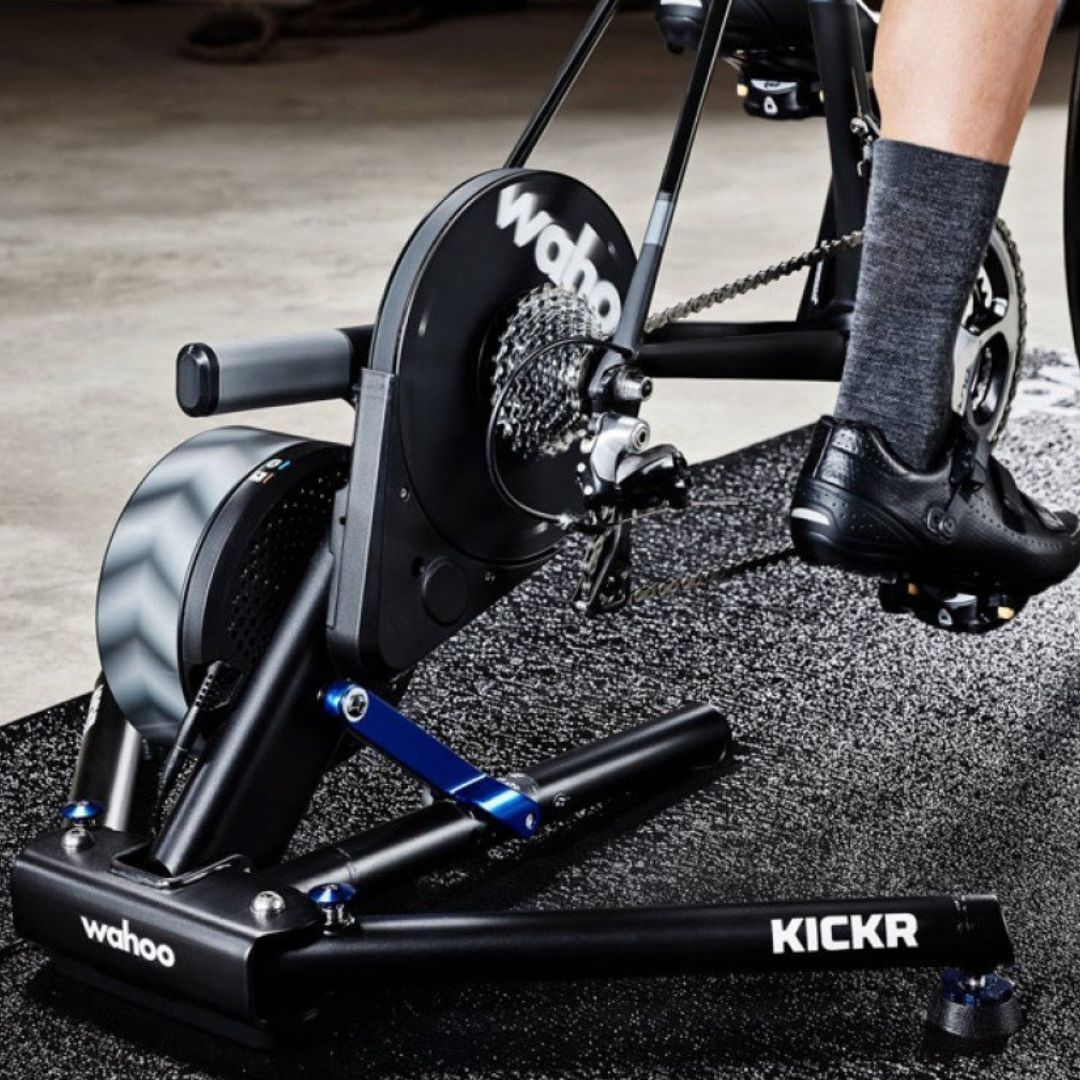Why Bike Frame Size Matters?
Choosing the right bike frame size is crucial for an enjoyable, comfortable, and safe cycling experience. Whether you're an avid cyclist, a casual rider, or a commuter, the frame size of your bike can significantly impact your performance, posture, and overall comfort. In this blog, we'll delve into why bike frame size matters and how to find the perfect fit for your ride.
Why Bike Frame Size Matters

-
Comfort and Posture
An appropriately sized bike frame ensures that you can ride comfortably without straining your muscles and joints. If the frame is too small, you might find yourself cramped and hunched over, leading to discomfort in your neck, back, and shoulders. Conversely, a frame that's too large can cause you to overextend, making it difficult to maintain control and balance.
-
Performance and Efficiency
The right frame size allows for optimal power transfer from your body to the bike. When your bike fits well, your pedaling efficiency improves, and you can ride longer distances with less fatigue. An ill-fitting bike can hinder your performance, making each ride more exhausting than it should be.
-
Injury Prevention
Riding a bike that doesn't fit properly can lead to a range of injuries. A frame that's too small or too large can cause repetitive strain injuries, knee pain, and even chronic issues over time. Ensuring your bike fits well reduces the risk of injury and helps you enjoy pain-free rides.
-
Control and Safety
Proper bike fit enhances your ability to control the bike, especially in challenging conditions like rough terrain or high speeds. A correctly sized frame allows for better handling, stability, and braking, which are essential for your safety on the road or trail.

How to Find the Right Bike Frame Size
-
Know Your Measurements
To find the right bike frame size, you need to know a few key measurements:
- Height: Stand against a wall without shoes and measure from the floor to the top of your head.
- Inseam: Measure from the floor to your crotch while standing with your feet about 6 inches apart. This measurement is crucial for determining the correct seat height and frame size.
-
Use a Size Chart
Most bike manufacturers provide size charts that correlate your height and inseam measurements with the appropriate frame size. These charts can vary slightly between brands, so always refer to the specific chart for the bike you're interested in.
-
Test Ride Different Sizes
Whenever possible, test ride bikes of different sizes to see which one feels the most comfortable. Pay attention to your posture, reach, and overall feel during the ride. A professional bike fitting session at a local bike shop can provide personalized recommendations based on your body measurements and riding style.
-
Consider Bike Type and Riding Style
Different types of bikes (road, mountain, hybrid, etc.) have different geometry and sizing conventions. Additionally, your riding style (racing, commuting, touring, etc.) can influence the best frame size for you. A more aggressive riding style might require a different fit than a relaxed, upright riding position.






